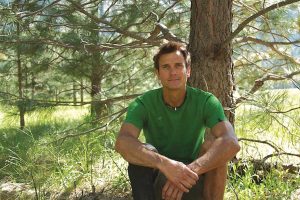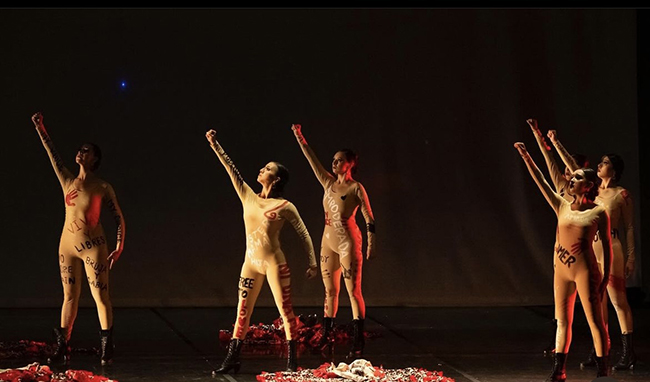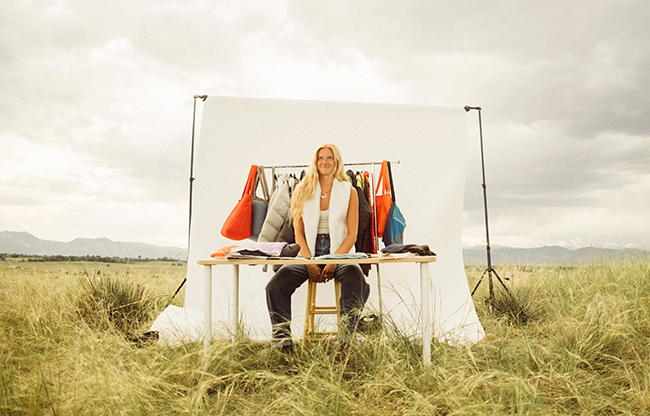Adapting to the Outdoors
14 Sep 2017
How disabled athletes pursue the sports they love
By Chris Van Leuven As the blistering midsummer sun reflects off the black asphalt in a parking lot near the Littleton Middle School track, Craig DeMartino takes shelter in the shadow of a portable 25‑foot‑tall climbing wall. The granite‑gray wall with dangling ropes and green, black and purple climbing holds is rigged for participants with varying disabilities. DeMartino is manning the wall for Adaptive Adventures, an Englewood nonprofit. As its climbing manager, he transports the wall in a trailer to various locations each month. “We bring the mountain to the people,” says Chris Wiegand, who is Adaptive Adventures’ paddle-sports and cycling manager. To keep active, he climbs, runs, kayaks and rides his bike. Over the years he has coached internationally, and in 2005, he earned both the Olympic Development Coach of the Year and National Double-Goal Coach titles. His friends know him as the “champion of energy spirit.”
Overcoming Challenges, Celebrating Successes
Back at Littleton Middle School, a minivan pulls up. The side door slides open and Dillon, 11, wheels his way toward DeMartino in his motorized wheelchair. Dillon was born without legs and with only one arm, and is missing all but three fingers.
Teachable Moments

Chris Van Leuven lives in Jamestown with his boxer pup, Fenster. His work appears in Best American Sports Writing 2016.












